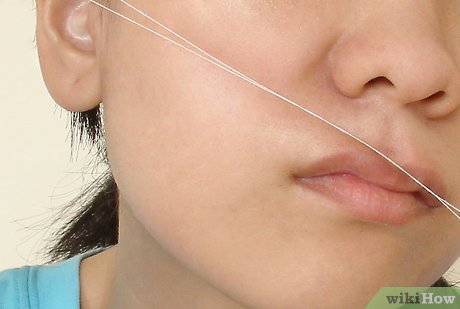How to Use a Knife

A knife is one of the most basic and essential tools in any kitchen. With proper use, it can make cooking and food preparation easier, faster, and more enjoyable. In this article, we will discuss the different types of knives, how to hold a knife correctly, basic cutting techniques, and tips for maintaining your knives.
1. Types of Knives
There are various types of knives designed for specific tasks in the kitchen:
– Chef’s Knife: This versatile tool is ideal for chopping, dicing, slicing, and mincing. It typically has a broad and relatively long blade, which makes it suitable for most kitchen tasks.
– Paring Knife: Smaller than a chef’s knife, this is ideal for peeling fruits and vegetables or making precise cuts.
– Bread Knife: Has a serrated edge to easily cut through crusty bread without mashing it.
– Fillet Knife: A thin, flexible blade that’s perfect for filleting fish or deboning meat.
– Santoku Knife: A Japanese-style all-purpose knife that excels at slicing, dicing, and chopping.
2. How to Hold a Knife Properly
A secure grip is vital for both safety and precision when using a knife:
– Pinch Grip: For ultimate control, pinch the base of the blade with your thumb and index finger. Your other three fingers should wrap around the handle.
– Handle Grip: For more casual usage or if you’re less experienced in the kitchen, you may prefer to grasp the handle with all five fingers.
3. Basic Cutting Techniques
There are several fundamental cutting techniques that are useful in the kitchen:
– Slicing: Move the blade up and down while cutting through the food. Use a sawing motion with serrated knives like bread knives.
– Chopping: Cut food into irregular pieces by lifting the knife up and down.
– Mincing: Continuously move the knife in a rocking motion, lifting only the knife tip from the cutting board while keeping a firm grip on the knife.
– Julienne: Cut thin, matchstick-like pieces by carefully slicing the food into long strips.
4. Tips for Maintaining Your Knives
Looking after your knives will help ensure they remain sharp and safe:
– Sharpen your knives regularly using a honing rod or whetstone.
– Clean knives immediately after use to avoid stains and corrosion.
– Store your knives in a block, magnetic strip, or protective sheath to protect their edges.
– Use wood or plastic cutting boards to prevent damaging your knife blades.
In conclusion, knowing how to use a knife correctly will not only improve your culinary skills but also ensure a safer and more efficient kitchen experience. By learning about various types of knives, gripping techniques, cutting methods, and maintenance tips, you are on the path to becoming a more confident and knowledgeable cook.


